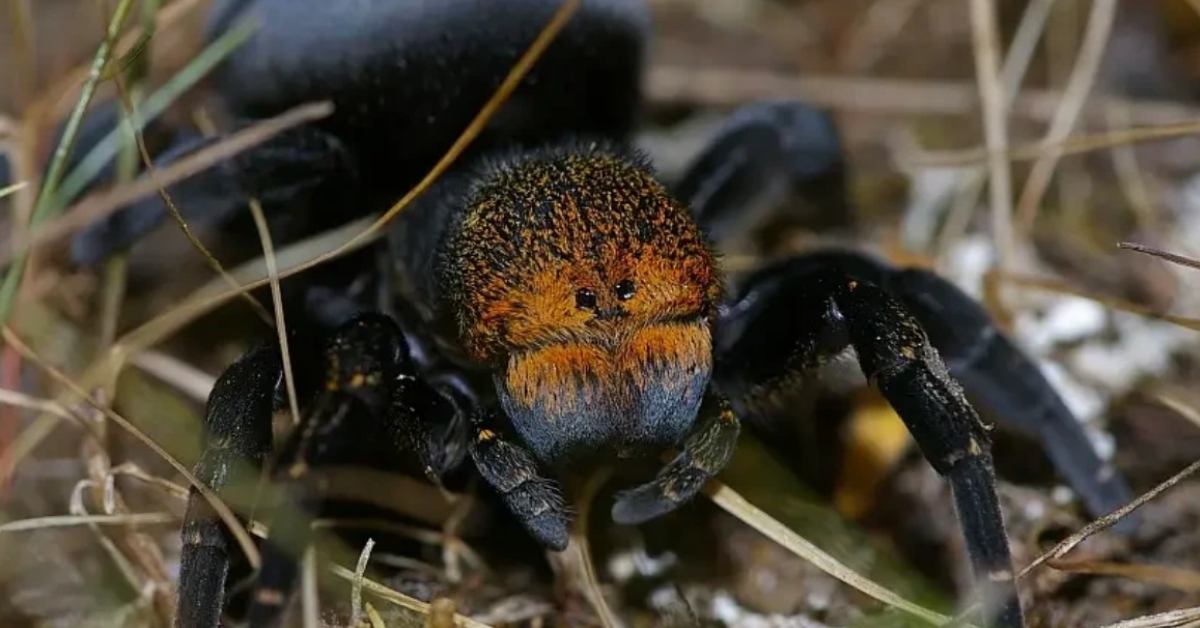Chile’s soon-to-open Cape Froward National Park, which borders the Strait of Magellan, is a beautiful expanse that’s home to condors, seals, penguins, and humpback whales.
And now, thanks to a recent wildlife expedition, local experts know that the 300,000-acre national park is also home to another species of animal — one that, until very recently, remained hidden amongst the mountaintops around Cordes Bay and Fortescue.
It’s the elusive huemul deer: A shaggy-coated, short-legged Andean deer with single-branched antlers.
The huemul deer is one of the most endangered large mammals in the southern hemisphere, having lost 99% of its population to hunting and habitat loss.
When it comes to Cape Froward’s vast acreage, more than 231,000 acres were donated by Rewilding Chile and Tompkins Conservation, organizations that are working hard to protect some of Chilean Patagonia’s most vulnerable creatures, including the huemul deer.
“Throughout history, the huemul deer population has been associated with the coast here,” Miguel Lopetegui, a park ranger of the Chilean Forestry Service, said on behalf of Rewilding Chile. “Gradually, we decided to employ a helicopter to bring our teams to the highlands of these remote areas.”
That corner of the park — which the team called “roadless” and “pristine” — is one of the few places in South America untouched by human activity.

But it’s also treacherous, with large swaths of the mountain range completely inaccessible by foot.
“It’s twice the effort without the helicopter,” explained Benjamin Caceres, Rewilding Chile’s Magallanes region conservation coordinator. “More food, bigger carrying loads, and more equipment.”
Cristián Saucedo, the wildlife director at Rewilding Chile, said that their helicopter expedition focused on two main sectors of the future national park to look for signs of the huemul deer’s presence.
They didn’t have to wait long.
“It was surprising to arrive at the mountaintop via helicopter and see a huemul right there,” Lopetegui laughed. “This was our welcome, which left us very excited and energized.”
When the team started exploring the area, they realized that a huemul deer herd had left quite the impression on the local terrain.

“With so many footprints surrounding us, we were sure there had to be more of them,” Lopetegui said.
The deer tracks led them to another group of deer, which they observed through their binoculars.
“In actuality,” Saucedo said, “there weren’t just two, but five deer, all very tame.”
By the end of their brief expedition, Saucedo and Lopetegui counted 10 — a huge tally, considering that there are fewer than 1,500 huemul deer left in Chile and Argentina.
“We’ve been immensely fortunate to have been able to gather this data and to have found this group in very good condition,” Saucedo said.

“Geographic barriers have … prevented humans from reaching this area, and thanks to that isolation we can honestly say that the huemul deer here are well preserved,” Lopetegui added.
Celebrating their mission as a massive success, Saucedo said that the data his team collected strengthens Rewilding Chile’s mission to preserve “large-scale conservation corridors” and give local species a higher chance of survival.
“This fills us with hope for Cape Froward as the southernmost refuge of the huemul deer,” Saucedo nodded, “and it gives us strength and reaffirms the importance of working in this region.”
You may also like: This huge flightless bird was facing mass extinction. Then Argentina and Chile struck a deal
Header images via Rewilding Chile / Tompkins Conservation



